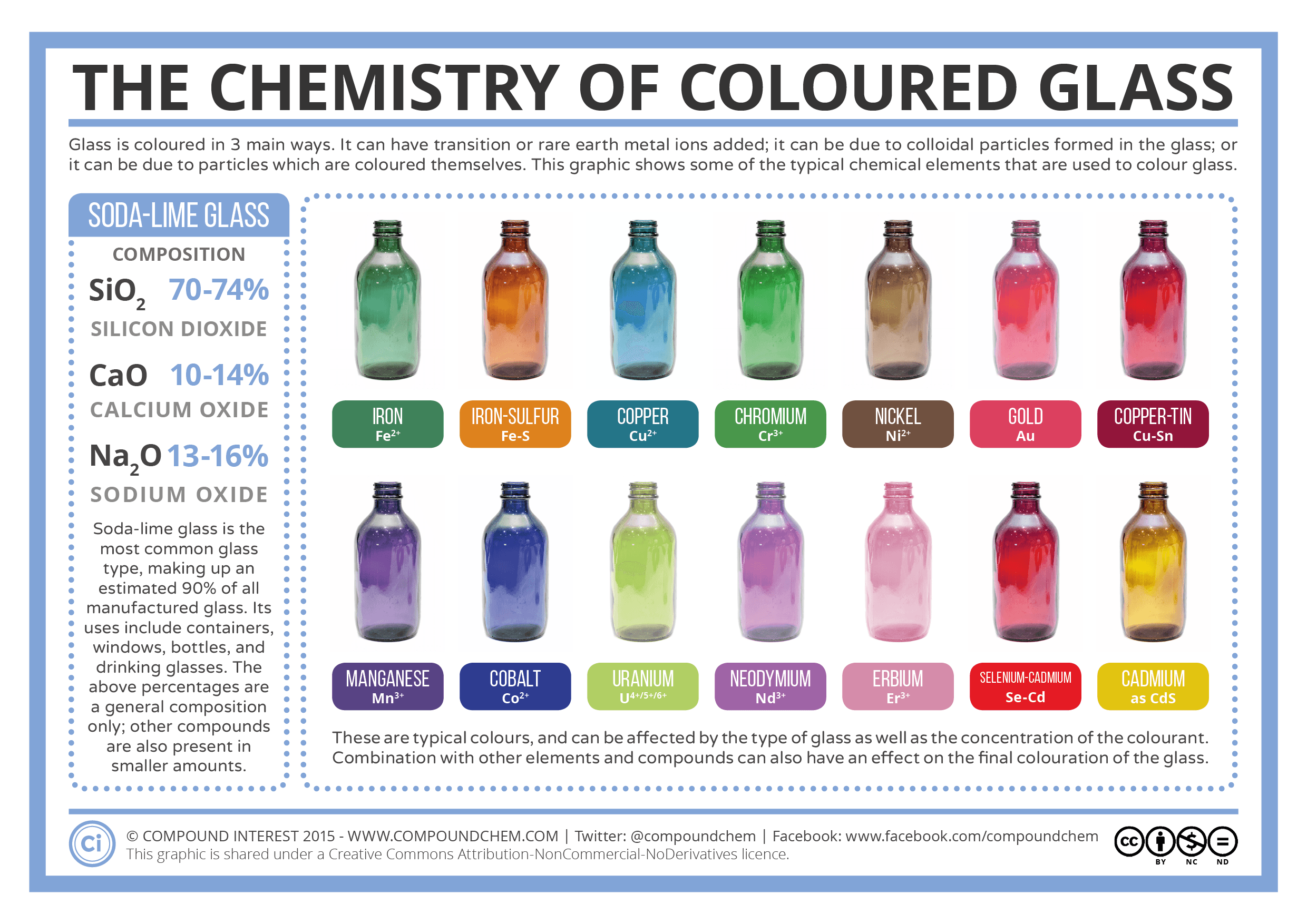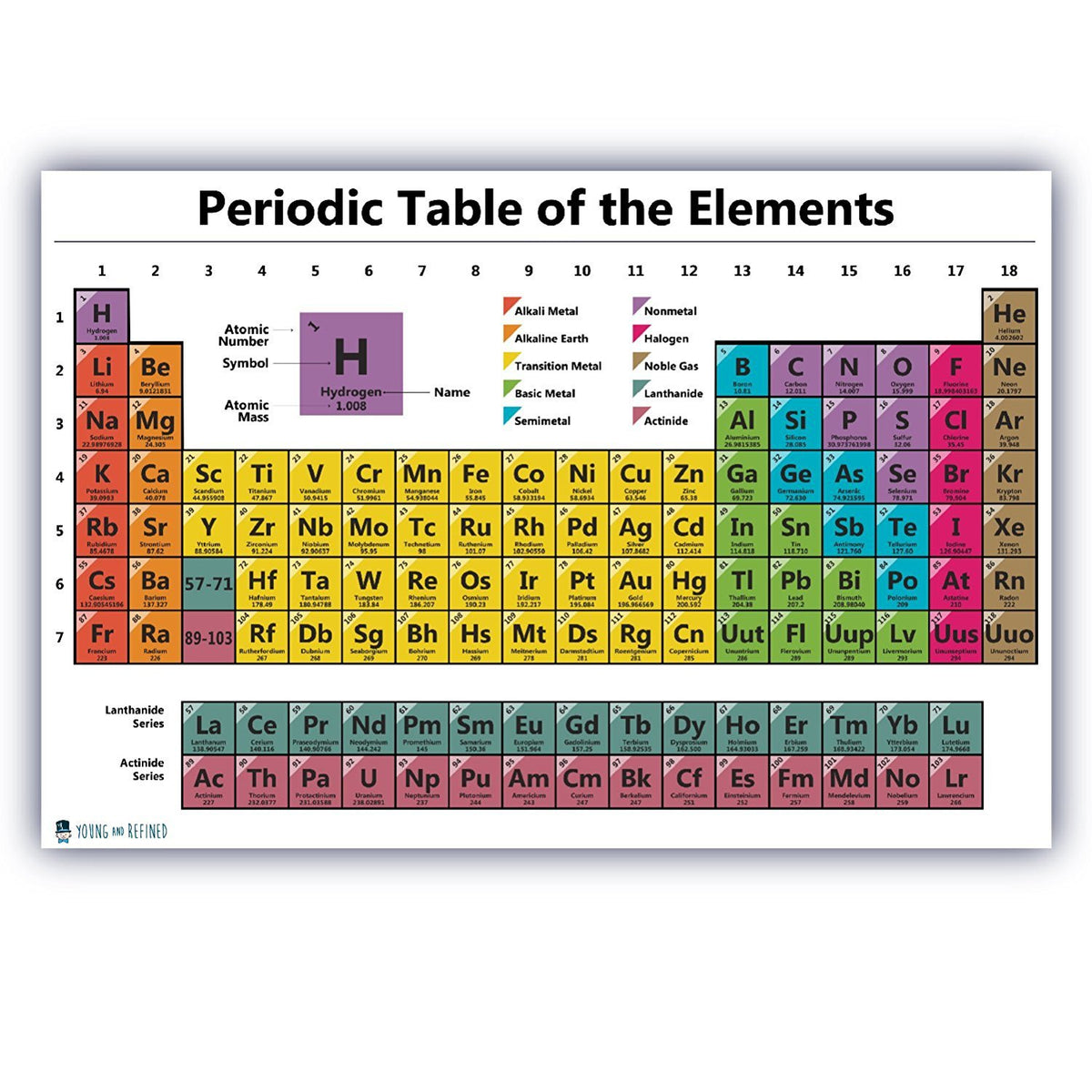
The fill attribute refers to the circle’s interior color.We made the circle’s outline have a 5 px red “border”. The appearance of a shape’s outline is controlled by its stroke and stroke-width attributes.The r attribute specifies the circle’s radius.The circle’s center is set to (0,0) if cx and cy are not set.The x and y coordinates of the circle’s center are specified by the cx and cy attributes.A circle can be drawn using the element.The element’s width and height attributes specify the dimensions of the SVG image.Sorry, SVG is not supported for your browser.
COLOR AS ELEMENT CODE
The following HTML code draws a circle in SVG. It has different attributes that are used to set the properties of the circle.Īs our first example, we will start with drawing a circle using SVG in HTML. Use the tag to draw a simple circle in SVG. This article will discuss some of the elements and their different options available. So, it provides various methods or tags to create pictures by yourself on an HTML document. SVG serves as a container to hold different graphics.

This is a really useful tool designed to help us choose colour schemes. On the right we have the warm colours, which incorporate the red violet through to yellow.

If we separate the colour wheel, we get two categories i.e. If we continue to mix the primary and neighboring colours, we’ll fill the gaps and get the remaining tertiary colours. Tertiary colours are made by mixing a primary colour with a neighboring secondary colour, for example if we mix the yellow with orange we’ll get a yellowy-orange colour in between. Secondary colours are made by mixing equal portions of the primary colours which create green, orange and purple. Primary colours make up the basis for the colour wheel.

Lets take a look at each of these: Primary Colours The colour wheel consists of primary colours, secondary colours and tertiary colours and these can be split into warm and cool colours. This is a very useful resource to explore and create colour schemes. If we jump onto the Adobe colour website we can see this colour wheel as more of a spectrum. The above is the red, yellow, blue colour wheel model which consists of 12 colours. The colour wheel is a really useful tool designed to help us choose colours that work well together. Colour theory provides us with practical guidance to help us mix colours and create interesting colour combinations and it all starts with the colour wheel. When working with colour, it helps to have a good understanding of colour theory. It can give emphasis, it can be used as a mechanism of organization, it can create impact and create a specific look and feel in a piece of graphic design work. ColourĬolour plays one of the biggest roles in graphic design. Whatever work you produce be it for a magazine, a poster, a website or advertisement, these visual elements will play a part in your design. The basic visual elements that combine to create graphic design include the following: line, colour, shape, texture, space, form and typography. Through the harness of artistic expression we choose these visual elements and arrange them on a surface in a layout to convey an idea. The graphic part of graphic design is made up of visual elements, the building blocks of design.


 0 kommentar(er)
0 kommentar(er)
